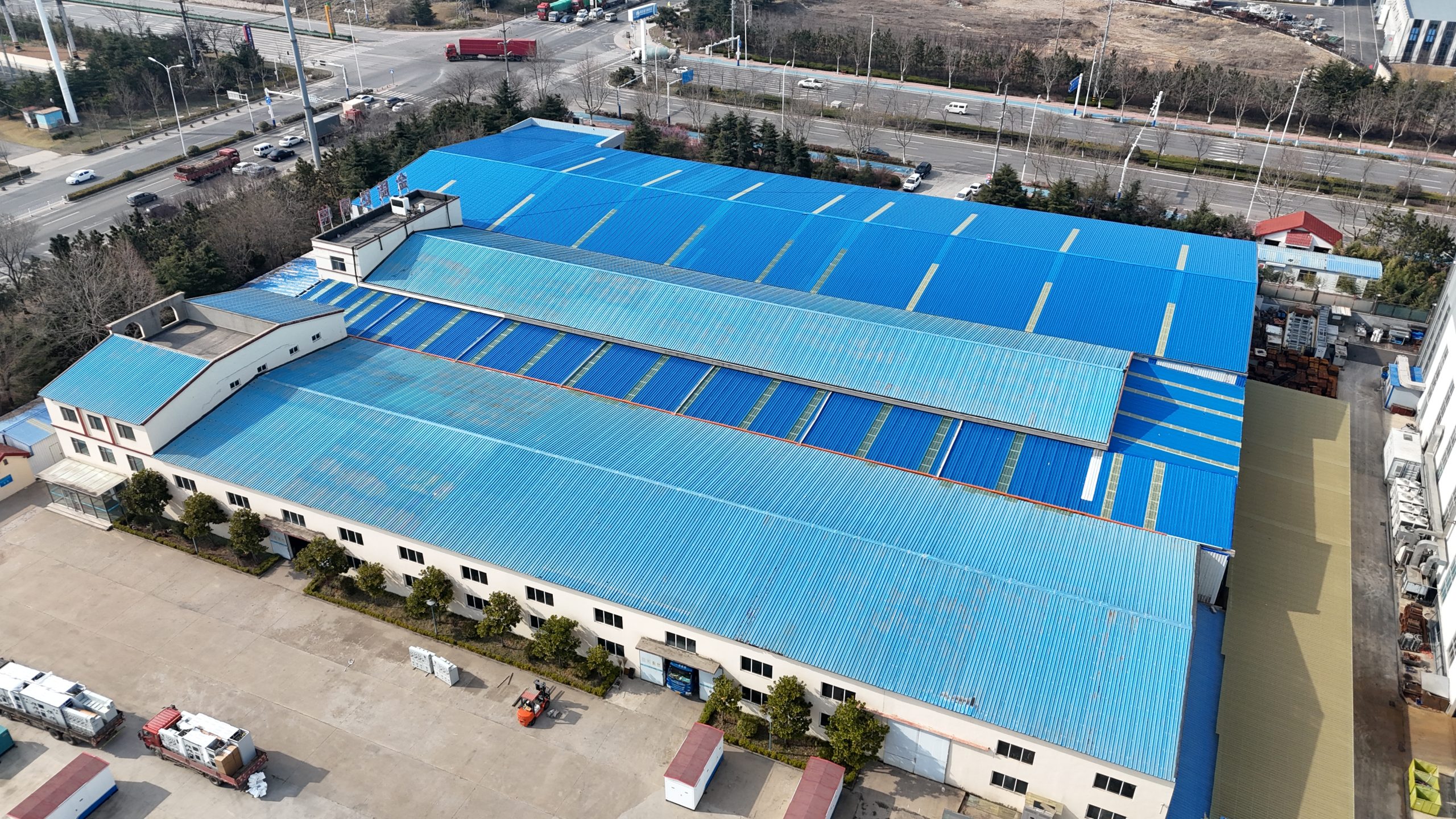Table of Contents
Design Principles of Seismic Support
Seismic support is a critical aspect of building design and construction, especially in areas prone to earthquakes. The design principles and construction requirements of seismic support are essential to ensure the Safety and stability of structures during seismic events. In this article, we will explore the key design principles and construction requirements of seismic support.
One of the fundamental design principles of seismic support is to ensure that the structure can withstand the forces generated by an earthquake. This involves designing the structure to be flexible enough to absorb the energy of an earthquake without collapsing. This can be achieved through the use of materials that are able to bend and flex without breaking, such as steel or reinforced concrete.
Another important design principle of seismic support is to ensure that the structure is able to dissipate the energy of an earthquake. This can be achieved through the use of damping systems, such as base Isolators or dampers, which absorb and dissipate the energy of an earthquake before it reaches the structure. These systems help to reduce the impact of seismic forces on the structure, thereby increasing its stability and safety.
In addition to these design principles, there are also specific construction requirements that must be met in order to ensure the effectiveness of seismic support. One of the key construction requirements is the use of proper anchoring and bracing systems to secure the structure to its foundation. This helps to prevent the structure from shifting or collapsing during an earthquake.
Another important construction requirement is the use of flexible connections between structural elements. This allows the structure to move and flex during an earthquake without causing damage to the overall integrity of the building. Flexible connections can be achieved through the use of expansion joints, which allow for movement between different parts of the structure.
Furthermore, it is essential to ensure that all structural elements are properly reinforced to withstand the forces of an earthquake. This can be achieved through the use of reinforcement materials, such as steel bars or mesh, which help to strengthen the structure and prevent it from collapsing under seismic forces.

Overall, the design principles and construction requirements of seismic support are crucial to ensuring the safety and stability of structures during seismic events. By following these principles and requirements, engineers and builders can create structures that are able to withstand the forces of an earthquake and protect the lives of those inside. Seismic support is a complex and challenging aspect of building design, but with careful planning and attention to detail, it is possible to create structures that are able to withstand even the most powerful earthquakes.
